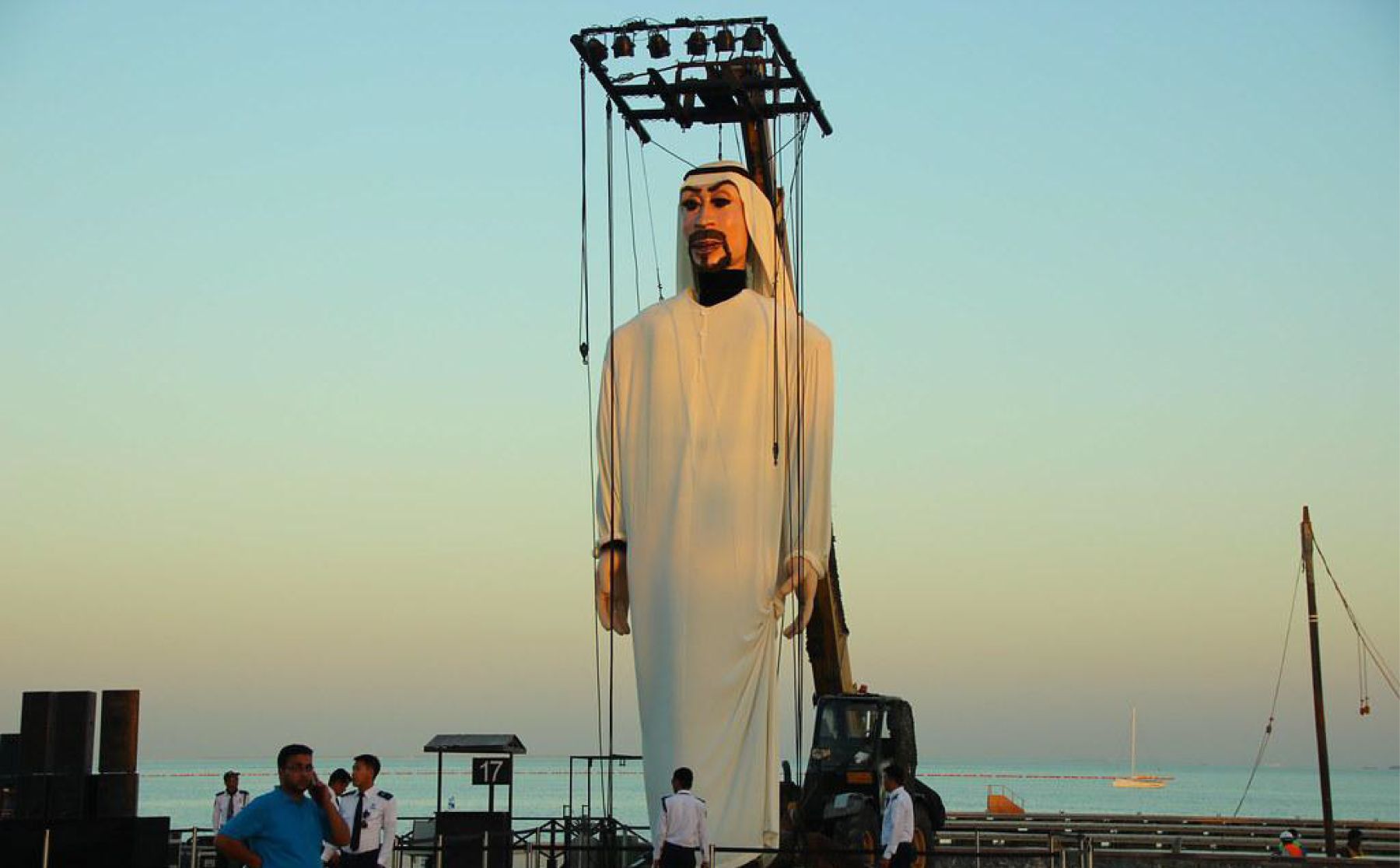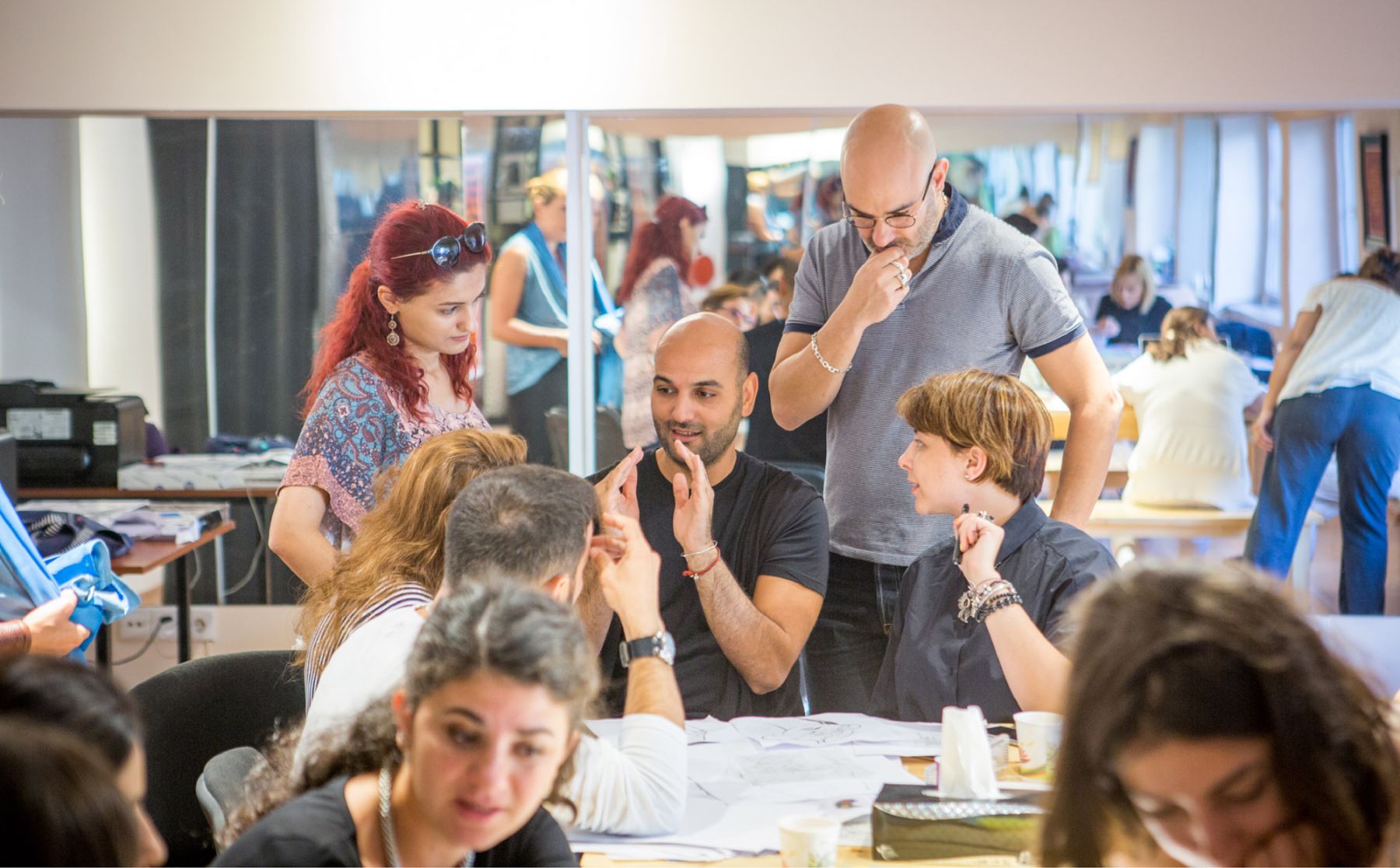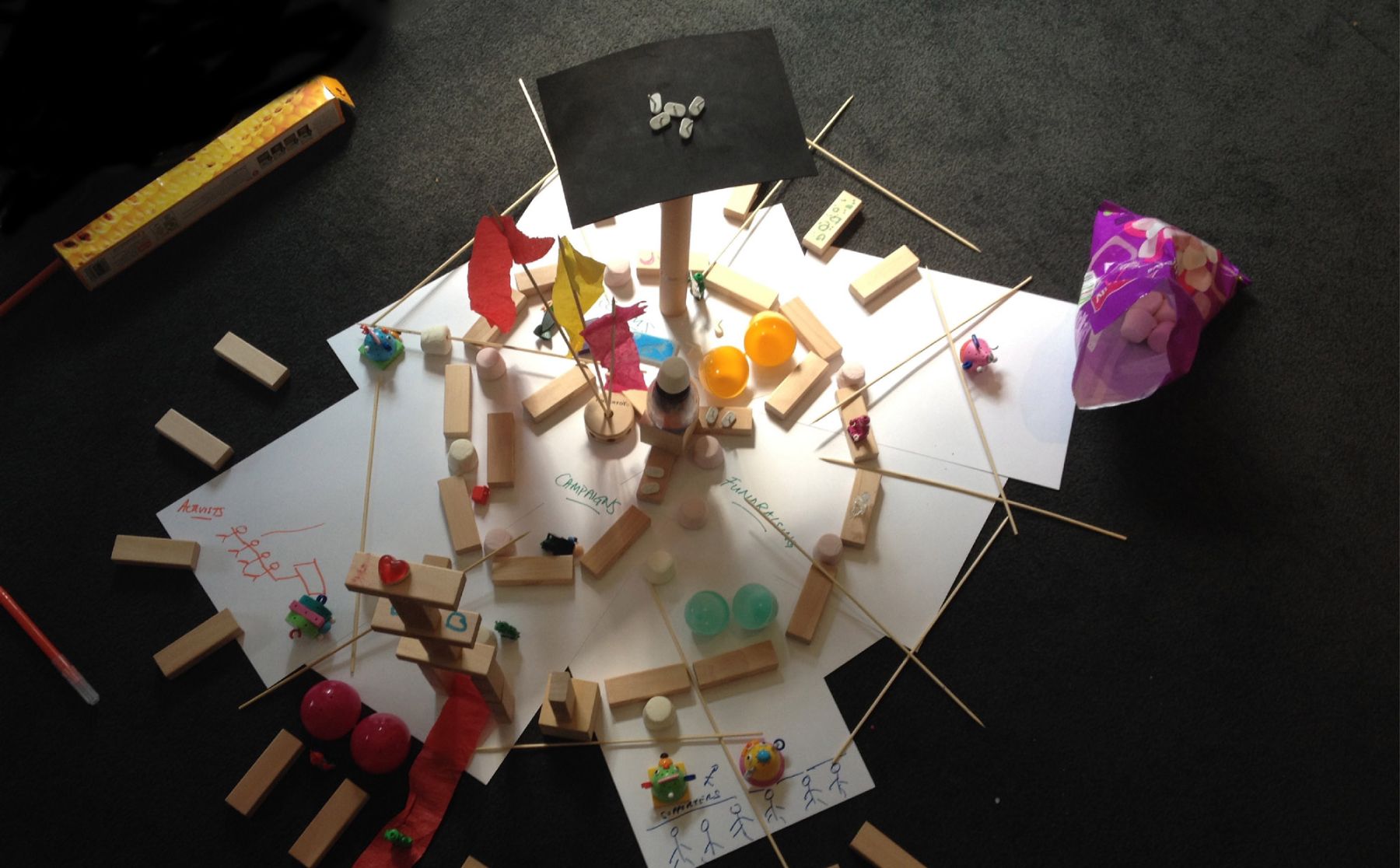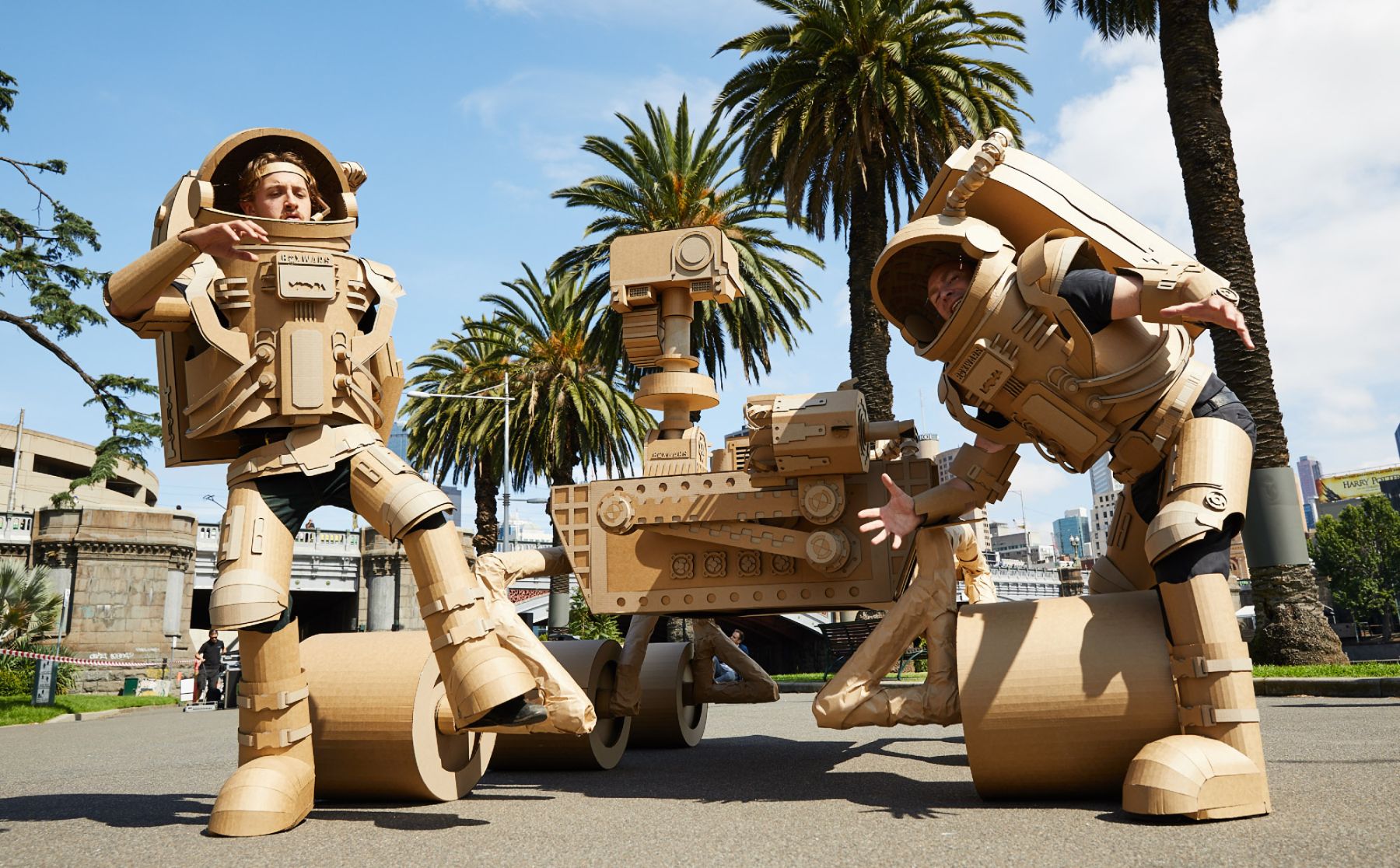We are closed and will open at 09:00 pm
By: Zahra Shikara, Ithra
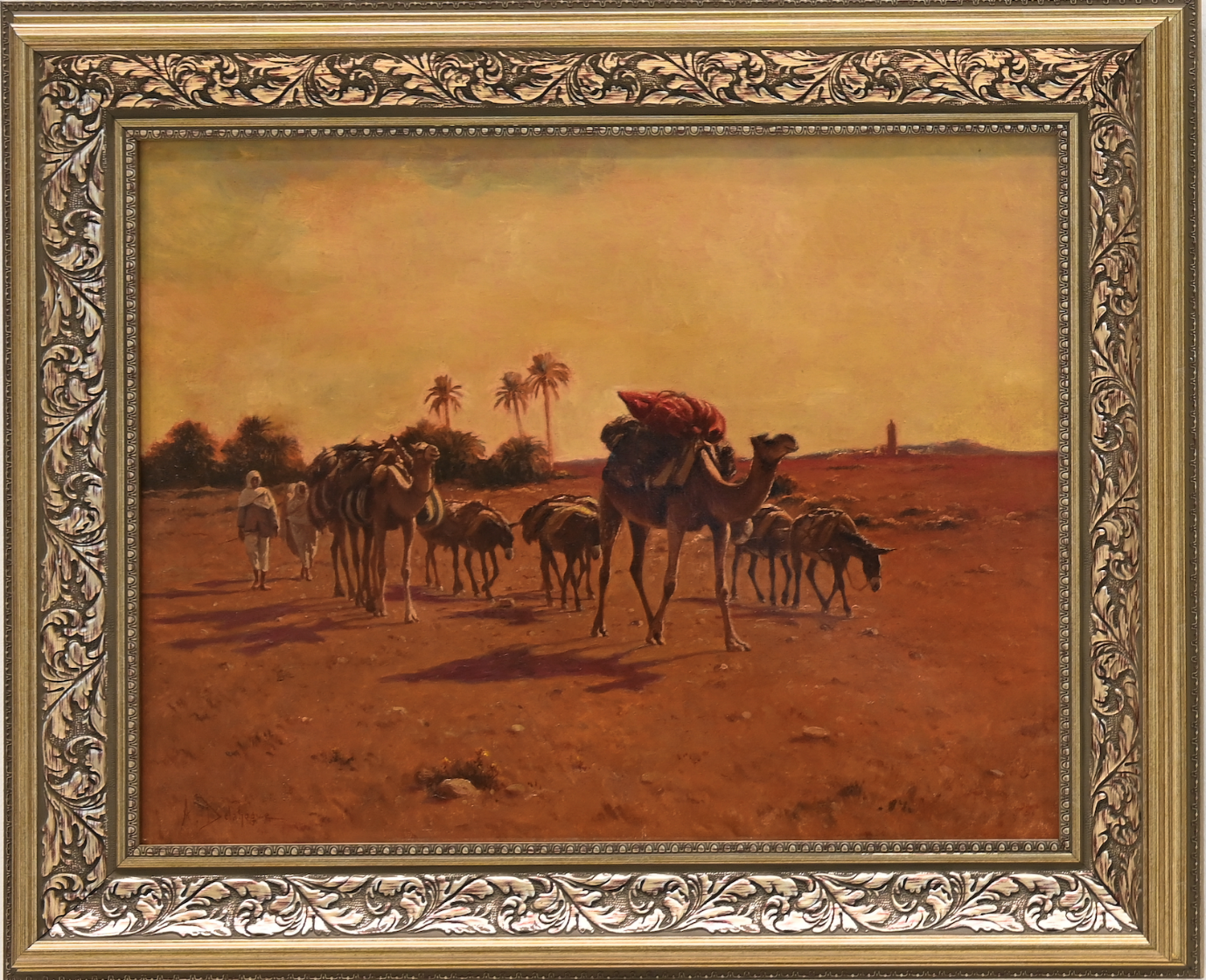
Alexis Auguste DELAHOGUE, The Caravan in the Sunset, 1906, Oil on canvas, Layan Collection
Revered and celebrated in Arab history, the camel was a central figure in pre-Islamic literature. Immortalized in poetry, their gentle nature and importance in nomadic daily life was depicted through special words and metaphors. There is a whole lexicon devoted to the camel and its life, much like the Inuit have a collection of words to describe snow. The pre-Islamic qasida, or ode, often began with a lament for lost love and praise for the beloved camel, as well as the poet's own pride for having braved the unforgiving desert.
After the rise of Islam, the camel held even greater significance for Muslim Arabs who relied on it for their livelihood. Basra, a flourishing city in southern Iraq, was founded as a garrison encampment but quickly grew to become a center for literature, science, and philosophy. At its heart was the mirbad, an open space that served as both a commercial hub and intellectual meeting place. Here, Bedouin herders would tether their camels while conversing with theologians, grammarians, and poets who sought to master the complexities of the Arabic language

Abdulrahman SOULAIMAN, Traveling, Acrylic on canvas, Layan Collection
As Arabic became the dominant language in the new Islamic civilization, preserving its purity became very important. Traditional Bedouins, considered experts in the Arabic language, were valued for their strong memory and knowledge of the sayings and practices of the Prophet Mohammed (PBUH). They taught the urban poets of Basra the intricacies of the Arabic language through poetic depictions of desert campsites, the beauty of camels, and the harshness of desert life. It was the camels who brought these scholars together both physically and metaphorically.
Not only were camels a source of livelihood for Arab tribes, they also held great cultural significance. Camel pedigrees, traced through the female line for up to ten generations, were highly sought after and carefully memorized. The most prized camels would have their ears slit as a mark of distinction. When it came to marriage or settling disputes, camels were often used as a form of currency with one hundred being the standard dowry or compensation for murder cases. Slaughtering camels for guests was considered a great sign of wealth and generosity.
Beyond poetry, camels today feature in contemporary literature and visual arts. International artists and writers use the camel to explore themes of identity, heritage, and the relationship between the past and present. To experience the camel through visual art, as part of the Saudi Ministry of Culture’s Year of the Camel, visit Ithra’s exhibition: “The Camel Through the Ages”.


